Entry Type: Thing - Starting with C
 Carroll County Map
Carroll County Map
Carrollton Road
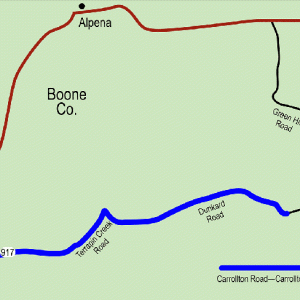 Carrollton Road
Carrollton Road
 CARTS Region Map
CARTS Region Map
 Carver Gym
Carver Gym
Carver Gymnasium
Case-Shiras-Dearmore House
Cash: The Autobiography
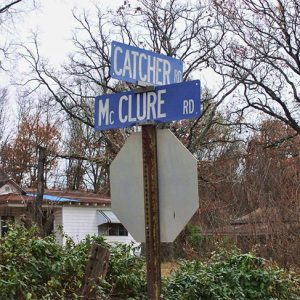 Catcher (Crawford County)
Catcher (Crawford County)
 Catcher Tombstone
Catcher Tombstone
Catfish Industry
aka: Ictalurus punctatus
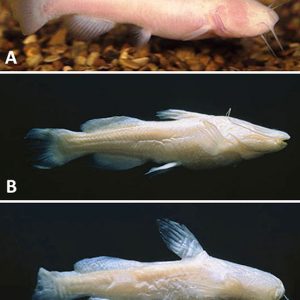 Cave Catfishes of Arkansas
Cave Catfishes of Arkansas
 Cave City Welcome Sign
Cave City Welcome Sign
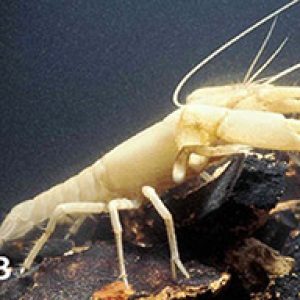 Cave Crayfishes
Cave Crayfishes
Cave Crayfishes
aka: Troglobitic Crayfishes
Cave Fishes
aka: Hypogean, Phreatic, Stygobitic, Subterranean, Troglomorphic, and Troglobitic Fishes
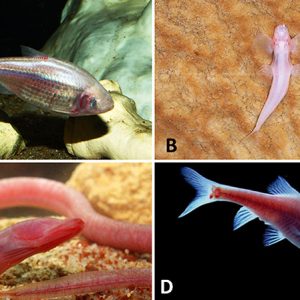 Cave-adapted Fishes
Cave-adapted Fishes
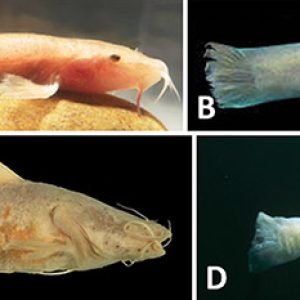 Cave-adapted Fishes
Cave-adapted Fishes
 Cavender's Seasoning
Cavender's Seasoning
Cavender’s All-Purpose Greek Seasoning
Caves and Caverns
Caviar
 CCC Boat Construction at St. Charles
CCC Boat Construction at St. Charles
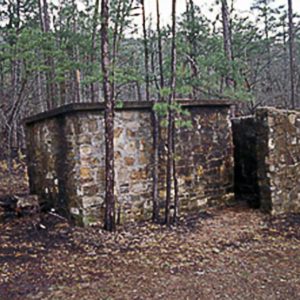 CCC Company 3767 Powder Magazine
CCC Company 3767 Powder Magazine
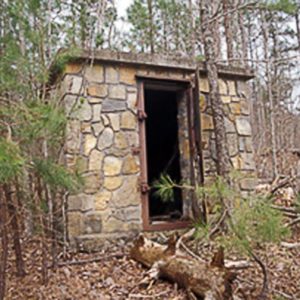 CCC Company 741 Powder Magazine
CCC Company 741 Powder Magazine
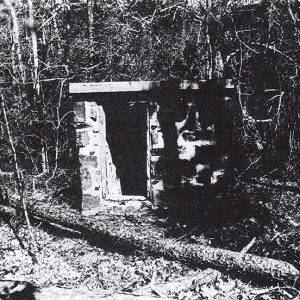 CCC Company 749 Powder Magazine
CCC Company 749 Powder Magazine
CCC Company 749 Powder Magazine
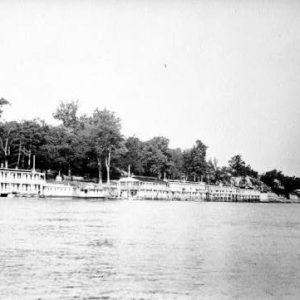 CCC Floating Camp at St. Charles
CCC Floating Camp at St. Charles
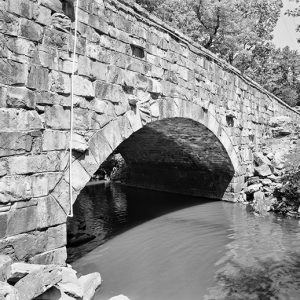 Cedar Creek Bridge
Cedar Creek Bridge
Cedar Creek Bridge
aka: Goodie Creek Bridge
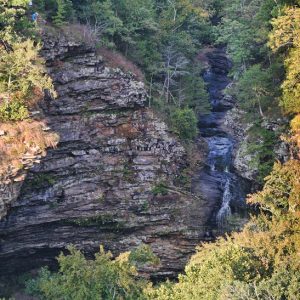 Cedar Falls
Cedar Falls
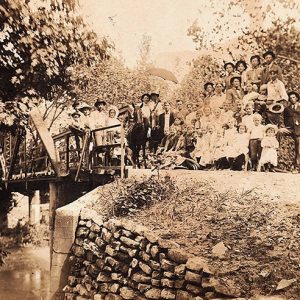 Cedar Grove Bridge
Cedar Grove Bridge
Cedar Grove Cemetery (Johnson County)
aka: Mason Cemetery
aka: Darnell Cemetery
Cedar Grove School No. 81
Celeste
 "Celeste Parker"
"Celeste Parker"
 Cemetery Sign
Cemetery Sign
 Centennial Baptist Church
Centennial Baptist Church
 Centennial Celebration: First Day Cover Envelope
Centennial Celebration: First Day Cover Envelope
 Centennial Robinson Half Dollar
Centennial Robinson Half Dollar
Centennial History of Arkansas
 Center Ridge Cemetery
Center Ridge Cemetery
 Center Ridge Cotton Gin
Center Ridge Cotton Gin
Centipedes
Central Arkansas Library System
Central College for Women
 Central High School Desegregation Commemorative Book
Central High School Desegregation Commemorative Book




